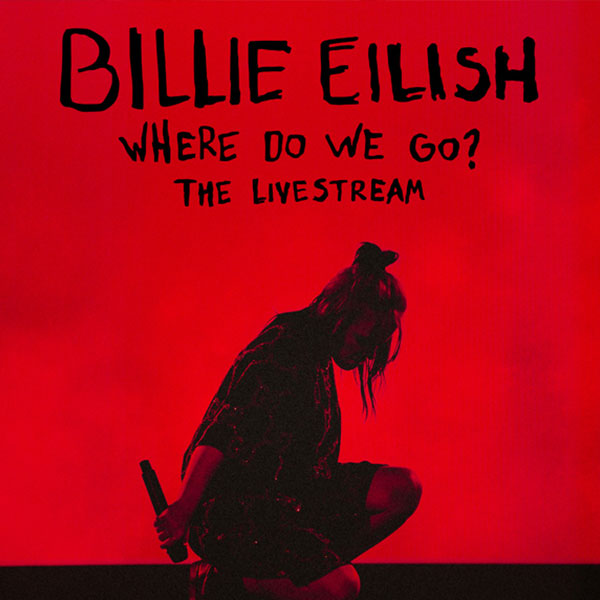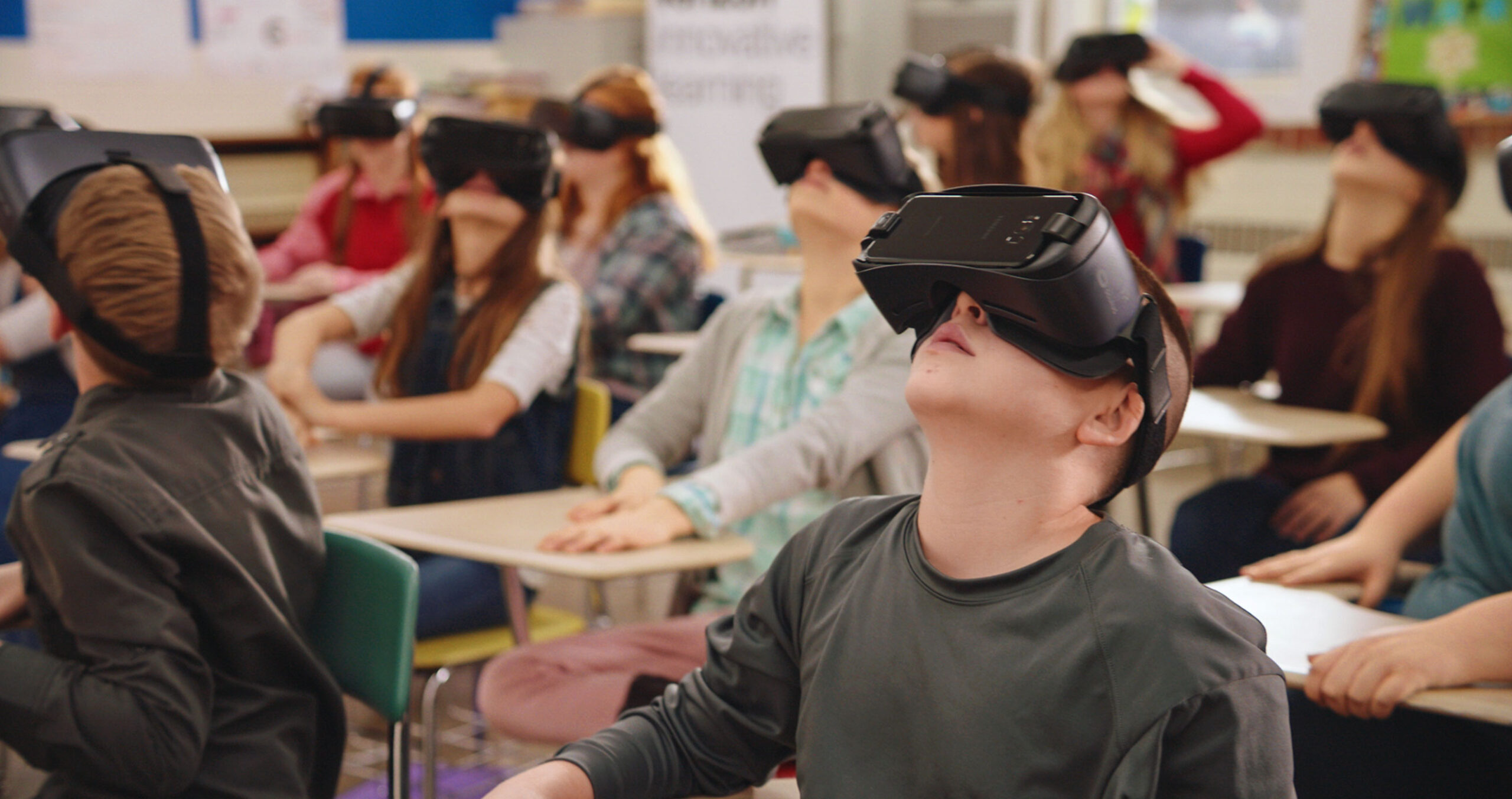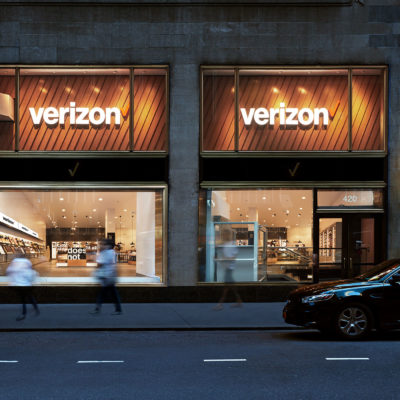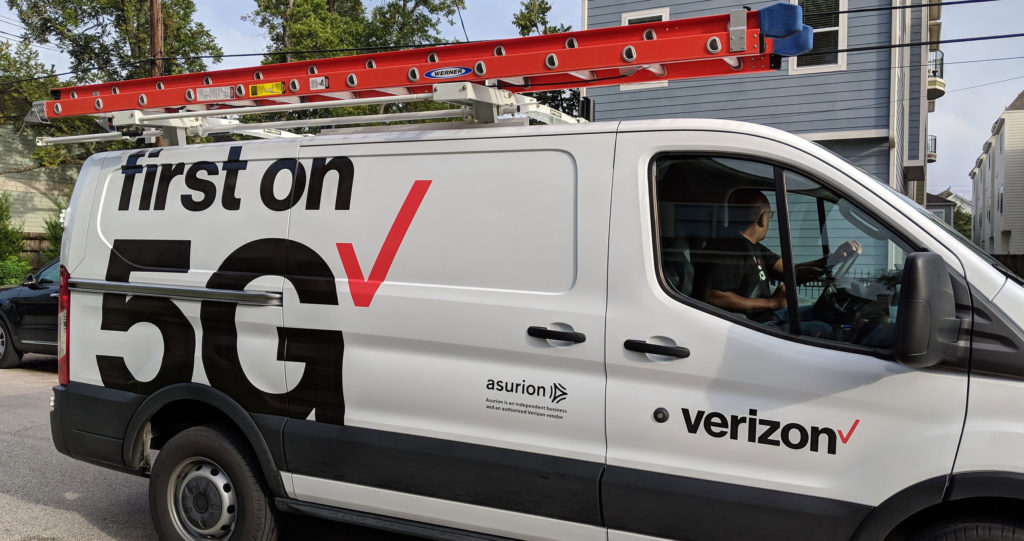Thinking
Guru Gowrappan,
CEO of Verizon Media Group: Creating the networks that move the world


Guru Gowrappan,
CEO of Verizon media group

Verizon Media is a technology and a next-gen media company. At core, we are a very mission-driven company. Our mission is to create the networks that move the world forward by connecting them to their passions.
Our business has two sides. First is the B2C business, our consumer business. We touch about 900 million consumers monthly, globally, with products like Yahoo!, TechCrunch, HuffPost, AOL products and In The Know. We are bringing deep media consumption, utility and commerce experiences to consumers globally.
On the B2B side is our ad platform – we are one of the largest ad platforms out there - and also our streaming business, which powers a lot of the live streaming and content consumption that happens online. So a lot of the focus on B2B is supporting our partners and publishers to bring consumers to the ecosystem. At core, we are a very mission- and purpose-driven company helping people connect to their passions, and surrounded by the B2C and B2B businesses.
One of the beauties of 5G will be that it really takes that magic to a much deeper experiential level.

There are three ways to think about how technology and entertainment are blending together. And I would say COVID-19 in many ways has accelerated that. One is new preferences. Two is around live events and how that’s transformed. And three is around AR and VR.
So let’s take new preferences. If you look back pre-COVID, there was clear segmentation of different types of content between different age groups – millennials, gen Z, gen X – everybody consumed different type of content. But in the new world there are new preferences, because everybody’s social distancing and working from home, or being at home with their family more and more, and their content consumption has merged and blended.
So you are seeing a lot more uptake in family entertainment, with people watching that on linear TV or connected TV. And you are seeing quite a bit of uptake on education, for kids that are at home. And there are utilities like workouts, home gym, Soulcycle classes, Peloton classes or any of the workout classes that you see on Instagram or Yahoo Life. Consumption of that has seen a big uptake. And of course we’ve seen gaming also become part of that; previously you would say that certain age groups did well but now it’s suddenly blended. So those are new preferences. In many ways it’s forced behavior, but I think people are all enjoying those new preferences (though I don’t know how much everybody’s enjoying doing the education stuff).

The second one is around live events. Think about what happened to live events in stadiums with 20,000, 60,000, 100,000 capacity - and all of a sudden that’s zero. Whether that’s concerts, sporting events or trade shows, none of them are happening live where people can show up physically – you had to move that to virtual. So we’ve seen a big trend shift where the online experience cannot be just a live stream, it has to have some interactivity. We launched Yahoo! Sports Watch Together for NFL. You’re watching live streaming but you can interact too.
TechCrunch Disrupt is another example; that’s an event which has always been done physically in Moscone Center in San Francisco. Now it’s done fully virtually to give you a 3D experience while watching live, to give that premium ticketed event experience online and virtually. So the live event experience is pretty much moving to online. Now, one might argue, are people going to come back to stadiums or some version of that eventually when things come back to normal? Yes, but the good news is you increase your market, because there are still going to be a lot of people who can’t access it, but this virtual experience is going to be there as an alternative to watching live.
The last one, I would call AR/VR. AR – augmented reality – and VR – virtual reality – were not mainstream if you look back a few years. Today with 5G as an underpin it as a foundation, this will become mainstream. If you think about people shopping, people want to feel the product. They want to see a 3D view and interact with the product. People watching an entertainment event or playing games, or any of those use cases, certainly need much deeper interactivity and more of a 3D feel, and to almost feel like you’re there. So we’re building that. We’re building that in sports today. We did this with the Oculus at Yahoo! Sports for basketball, where we had our AR and VR technology where you are sitting literally by the courtside, watching the game with other people.
COVID in many ways has scaled the acceleration for AR/VR. And what’s going to take it to the next level is 5G because you do need that high bandwidth, low latency, high throughput technology underpinning to take that AR and VR to scale.
I would say those are the three ways technology, entertainment and media are intersecting right now – new preferences, live events, and AR/VR, bringing entertainment and technology together at a large-scale level. And the core output of that is the magic that it creates for users in how they consume it. One of the beauties of 5G will be that it really takes that magic to a much deeper experiential level.

With 5G you will see the media experiences really showing a direct impact to consumers when they consume the media, all the way from 4K streaming video to no-lag video conferencing, to literally blink-of-an eye download speeds.
You have a lot of lag today in the 4G world on what you’re consuming - but that goes away. That means now I’m creating low latency, or close to zero latency, experiential use cases. Let’s think about sports - like me being in a stadium and being able to interact with the players, because now what I see from a naked eye and I see in my devices are the same. So I can interact, I can add my own personalized Jumbotron. All of a sudden I’ve created that interactivity with the AR built into it.
Or I want an experience in terms of commerce, but I want to see a 3D image or 3D interactivity or AR on a product I’m buying. I can interact with it deeply and then make a purchase decision. Let that be a car, let that be groceries you’re buying. You may want to have that experiential view on a lot of those things. So I think the media, utility and experiential view completely changes when it’s given a 5G foundation to build on. And I think consumers will start seeing that. Already there are many use cases out there, but you will start seeing a massive ramp up of that consumption.
The future is bright. As you think about it, the changes that will stay – things like some version of work from home or partial work from home, new behaviors of online consumption, the offline to online shift, or what you could call omni-channel – that’s created a new normal, there’s a new baseline. Let that be shopping online, consuming a lot more video, reimagining live events or creating interactive experiences. The future is bright, right?